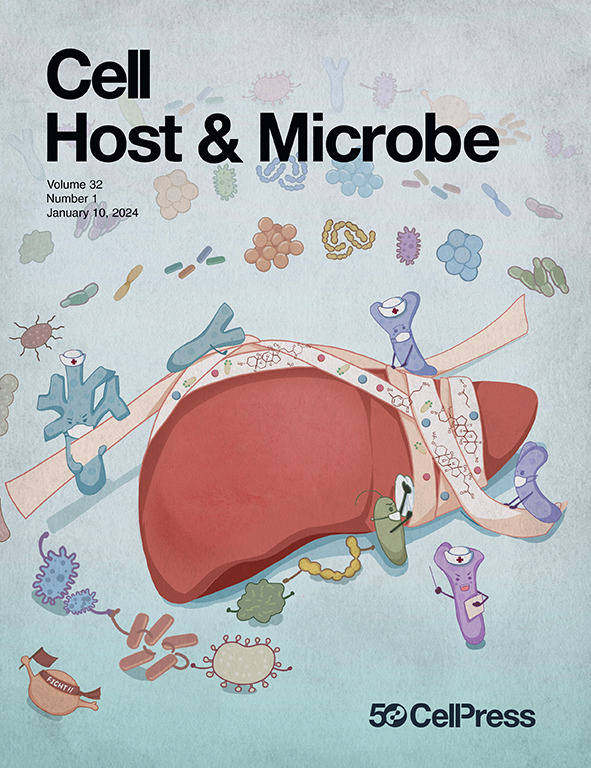植物免疫中的生物分子凝聚物
IF 18.7
1区 医学
Q1 MICROBIOLOGY
引用次数: 0
摘要
植物对微生物病原体的防御依赖于多种分子过程的协调调节。尽管通过传统和现代方法已经了解了很多关于这些过程的信息,但最近的研究结果表明,它们是通过液-液相分离和相关相变形成的无膜生物分子凝聚体来编排的。亚细胞区隔化原理对植物尤其重要,因为它们缺乏专门的免疫细胞,需要它们协调防御反应与其他生理功能。因此,免疫相关分子的动态时空组织成为调控的关键层,直到最近才成为研究前沿。在这里,我们讨论了生物分子凝聚物在植物免疫中的新兴作用,确定了未来研究的关键问题,并提出了一个向前发展的框架。通过将凝析物生物学纳入植物防御研究,我们提出了提高作物抗逆性和促进可持续农业发展的新策略。本文章由计算机程序翻译,如有差异,请以英文原文为准。
Biomolecular condensates in plant immunity
Plant defense against microbial pathogens relies on coordinated regulation of diverse molecular processes. Although much has been learned about these processes through traditional and modern approaches, recent findings indicate that they are orchestrated through membraneless biomolecular condensates formed via liquid-liquid phase separation and related phase transitions. The principle of subcellular compartmentalization is especially important for plants, as they lack specialized immune cells, requiring them to coordinate defense responses with other physiological functions. As a result, the dynamic spatiotemporal organization of immune-related molecules becomes a critical layer of regulation that has only recently become a research frontier. Here, we discuss the emerging roles of biomolecular condensates in plant immunity, identify critical questions for future research, and propose a framework for moving forward. By incorporating condensate biology into the study of plant defense, we suggest novel strategies for enhancing crop resilience and advancing sustainable agriculture.
求助全文
通过发布文献求助,成功后即可免费获取论文全文。
去求助
来源期刊

Cell host & microbe
生物-微生物学
CiteScore
45.10
自引率
1.70%
发文量
201
审稿时长
4-8 weeks
期刊介绍:
Cell Host & Microbe is a scientific journal that was launched in March 2007. The journal aims to provide a platform for scientists to exchange ideas and concepts related to the study of microbes and their interaction with host organisms at a molecular, cellular, and immune level. It publishes novel findings on a wide range of microorganisms including bacteria, fungi, parasites, and viruses. The journal focuses on the interface between the microbe and its host, whether the host is a vertebrate, invertebrate, or plant, and whether the microbe is pathogenic, non-pathogenic, or commensal. The integrated study of microbes and their interactions with each other, their host, and the cellular environment they inhabit is a unifying theme of the journal. The published work in Cell Host & Microbe is expected to be of exceptional significance within its field and also of interest to researchers in other areas. In addition to primary research articles, the journal features expert analysis, commentary, and reviews on current topics of interest in the field.
 求助内容:
求助内容: 应助结果提醒方式:
应助结果提醒方式:


